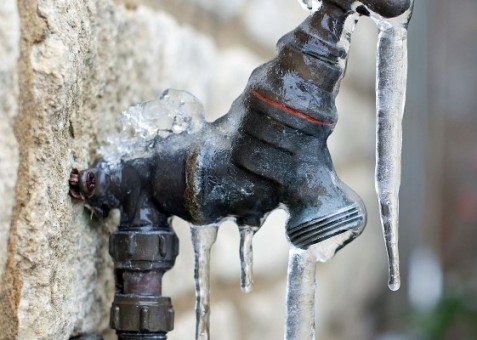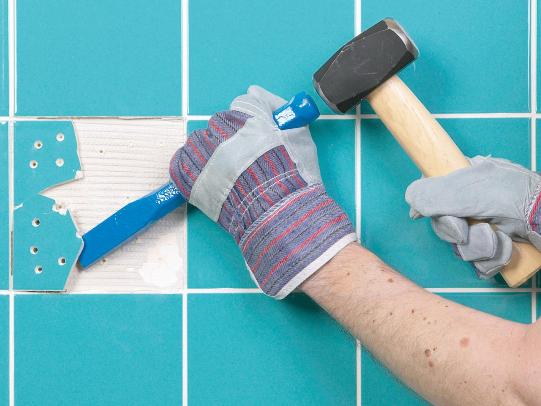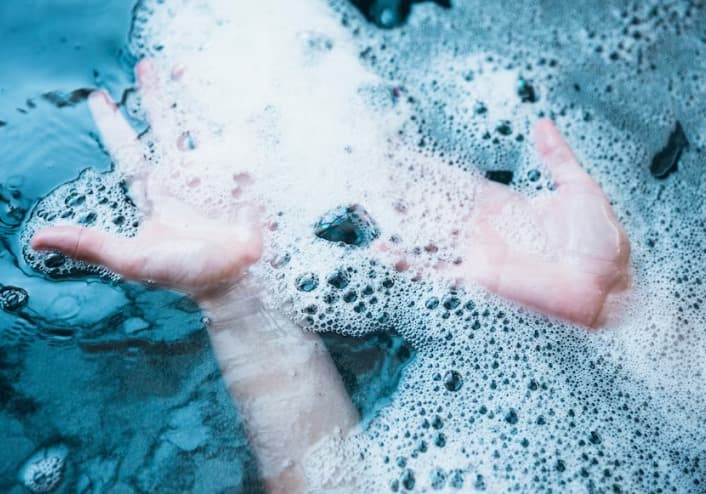Frozen pipes are the problems we often face once the seasons change, the low temperatures freeze the water circulating through the pipes, especially of the exteriors, and of the upper floors. There are places where the consequences in the change of seasons are not so marked.

However, we must take the necessary corrections to keep up with the maintenance we can do to the pipes in our homes before, during and after each change of season. Here leave some tips for maintenance and in case it is late and the pipes are frozen, as leave you some tricks to unfreeze the pipes in winter.
Measures to prevent frozen pipes
Freezing in faucets usually occurs when there is little use of the pipes, so it is recommended to close the stopcock and drain the water that stays in the pipe so that it is empty and thus reduce the chances of freezing.
Covering with an insulating material in the most vulnerable parts of the network will also help to prevent freezing. If it is covering check that the insulation material is not damaged or is of poor quality.
Check for problems that may exist in the stopcocks or the thermostat.
Tricks to unfreeze pipes
Frozen outdoor pipes
These are the most frequent to freeze because these are exposed to low temperatures and therefore require more attention and protection.
If the frozen section is short, a hair dryer or hot air gun may be used. If the pipe is PVC you should discard this procedure.
Or another option is to use warm rags either wet in hot water or heated on a stove.
Cover exposed pipes with an insulating material such as fiberglass, a plastic or rubber sheet which provides important protection.
You can go to a hardware store and buy a thermal tape for tubing of any metal, the wind in form of spiral around the piping avoiding that remain on put one of another. Then, connect it to a current source, it will adhere to the tube and the defrosting process will begin.
In spite of being effective, the combination of electricity, water and pipelines could be dangerous due to the conduction of electricity, so that, if there are no measures that provide for the types of accidents that may arise, it is better not to use it.
Frozen interior pipes
These are rarely suffer from freezing, especially when temperatures are very low. Generally, it occurs on the upper floors. But if this happens:
- Dump boiling water into drains until water begins to circulate. It is a very slow process.
- Add salt to the drains waiting for a reasonable time to act. Salt, lowers the freezing point of ice facilitating it easy to melt.
- You can also help by turning on the central heating and raising the temperature of the inside the house between 24° C and 27° C, open the doors of the closets and kitchen cabinets in order that the hot air circulates closer to the walls.


